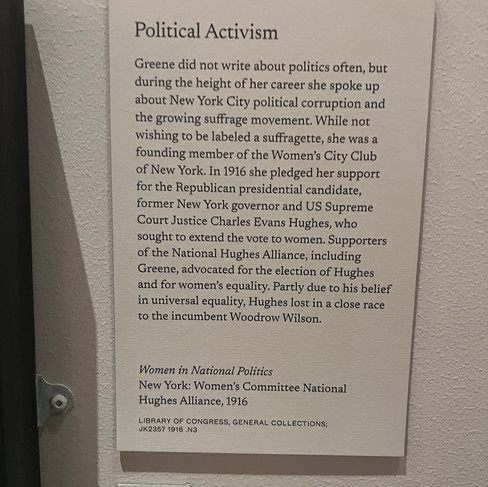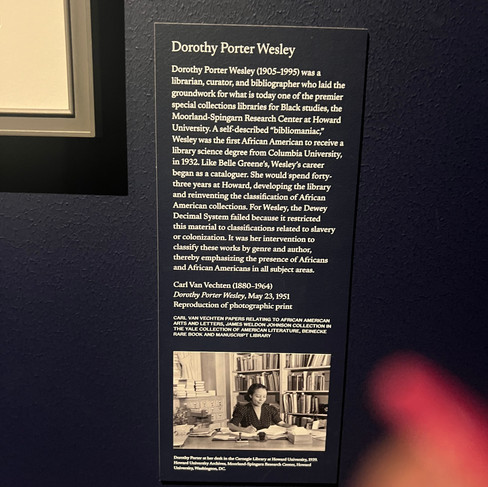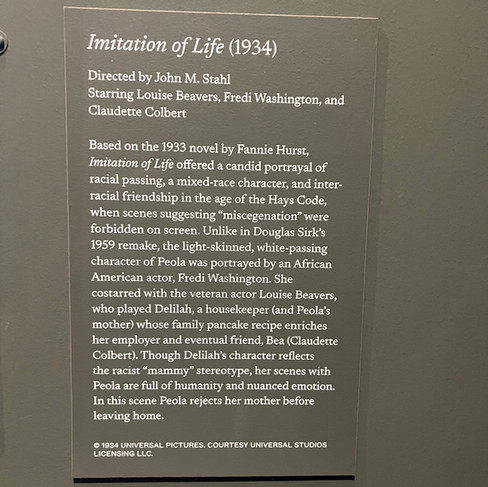Passing and Persistence - Guided by the Passion for Books
- Stephanie Browne
- May 5
- 3 min read
Updated: Jun 11
🎧 Prefer to Listen?
Enjoy an audio version of “Passing and Persistence - Guided by the Passion for Books.” Perfect for your commute, kitchen prep, or a quiet moment with a glass in hand. Listen to audio version here.
I had the opportunity to attend the New York City Morgan Library exhibit of Belle da Costa Greene, the personal librarian to J. Pierpont Morgan. Morgan was one of this country most notable financiers of the 19th century. At one point in history Morgan had more money and assets than the United States and he was assisted in acquiring those assets by a Black woman whose name was Belle da Costa Greene.

Belle da Costa Greene was maybe the wealthiest single woman in the U.S. and maybe in the world during the 1920’s. During a time when women especially Black women were not suppose to work professionally. Unfortunately, she had to do all of this passing as a white woman. So even though she had money, access to the socialites of the art world, invitations to the aristocrats balls and gatherings of New York City, Paris, London and Rome she was not afforded a life with marriage and children in fear of being revealed. But she was definitely brilliant and the boss in all other aspects of her professional life. Buying and selling to men in places where it is hard to believe she maneuvered.

Belle was an expert on all things books and art. Her early years of working at the Princeton University Library as a cataloger put her in the same space as JP’s nephew Junius Spencer Morgan II.
They became friends through their love of books and history so when his uncle needed a librarian to help him build his library she was his recommendation. She bought and sold rare books for JP from the start. She became his confidant and friend. Belle was a shrewd business woman. I assume she was a silent student of JP’s since she was around him 24/7, listening to his dealings and being mentored by him when he wanted her to purchase a rare find.

Belle was paid well for her work. She made $25,000 year in the 1915. This was unheard of for most and especially a woman. This amazing salary allowed her to do some collecting of her own. She even bought a Matisse during the early years of the impressionist master.

But Belle had the Black side of her life. She was the born Belle Marion Greener in 1879 to Genevieve Ida Fleet and Richard T. Greener. Her father, Professor Greener was the first colored man to graduate from Harvard College. He became an abolitionist and professor and was well known. He was respected by distinguished men like Fredrick Douglas and P.B.S. Pinchback one of Louisiana’s first governors. Her mother was from a notable free colored family in Washington D.C. that were musicians and teachers. Both of Belle’s parents wanted the best for their children and that longing to rise in society through education is what broke up the parents marriage. Bellle’s mother felt her fathers

notoriety fighting for freedoms for Black people prohibited her children from progress. She felt they should fly below the radar of white people to succeed. So she convinced all of her children who could pass for white to do so to get into the best schools and get good jobs.
Belle navigated the white world by day and went home to her Black world at night. Most of the time taking care of her mother and siblings financially for years. Belle also became a mentor for other Black librarians and worked tirelessly for women’s rights during the suffrage movement. Most of what we know about Belle came from her professional interviews with the New York papers and written society annotations because of her fear of being found out. The book, The Personal Librarian, even hinted that maybe there were secrets and a rife between J.P’s daughter and Belle because the daughter felt something was not quite right with Belle’s identify. Belle had something on her too. She was rumored to be a lesbian. So they held each others secrets for years.
Belle da Costa Greene was an inspiration to me as I walked around the exhibit

and heard Whites and Blacks expressions in awe of her accomplishments. She was brilliant and an anomaly for the times but not for our Black women in general when given access to education and opportunity. I wonder what would have happened if her secret was uncovered? If you look at her pictures she does not look all that white to me. But the inference with the name da Costa as having Portuguese heritage allowed her to swing enough doubt to make it work. Pick up a copy of the book. Tell me what you think?




















Comments